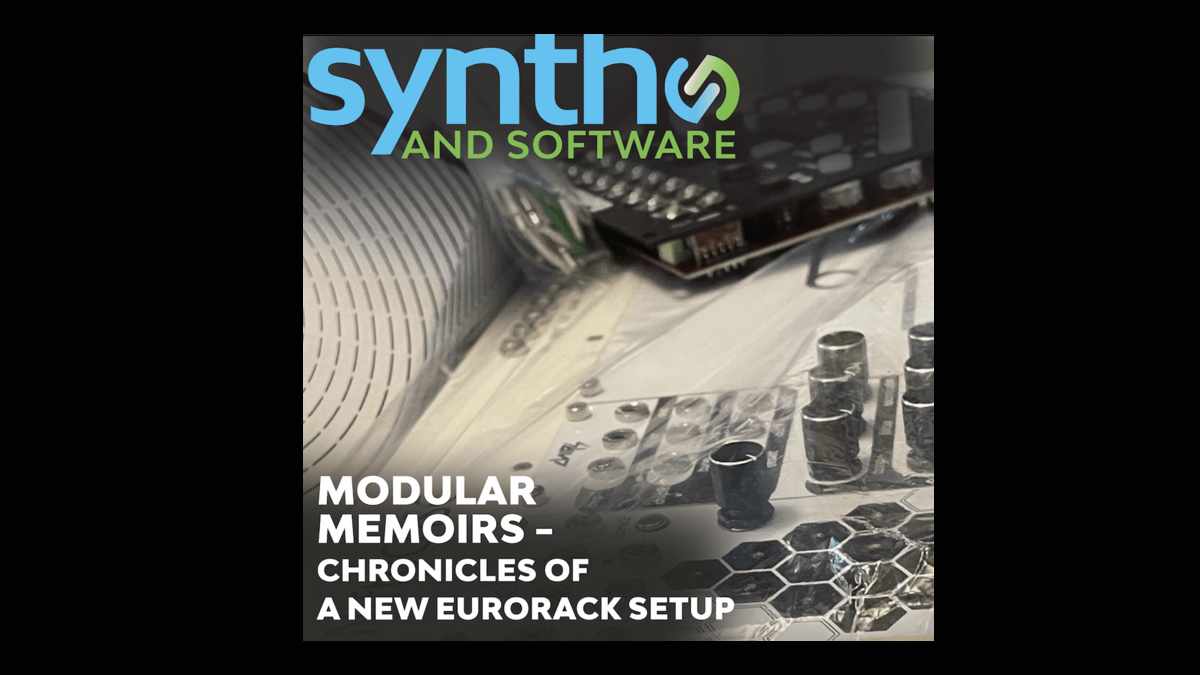Analog
Modular Memoirs Part 1: Why Go Modular?

The chronicles of a new Eurorack setup
Sometime around the early 2000s I decided that I was done with hardware.
Virtual instruments were all the rage, and even their early iterations showed capabilities far exceeding their hardware counterparts – not to mention their considerably lower cost.
Within a couple of years I liquidated all of my keyboards, rack-mounted synths and effects processors, and my 32-channel mixer in an effort to do it all “in the box.” My dream of a minimalist and über-efficient way to produce music had finally become a reality.
For the past two decades my software-only approach to music production has allowed me to craft dozens of film scores and meet ever more stringent deadlines with ease. Within minutes I can launch Logic Pro, drag and drop drum beats and phat bass lines from the extensive built-in loop library, sweeten it with some tasty samples from advanced Kontakt instruments, tie it all together with lush reverbs and delays, pull up a mastering plugin on my main bus and let it analyze the mix and come up with the best settings to whip up a polished cue…with relatively little effort.
However, for the past couple of years I’ve been feeling less and less enthused about my compositional pipeline. Have I traded the magic and mystery of music making for the efficiency and ease virtual production offers?
Not totally. Readers of my various Synth and Software reviews know that I’m still very enthusiastic about what virtual instruments have to offer. But perhaps it is time for a change in how I make music, to go back to my hardware roots.
I’ve been keeping a curious eye toward modular synthesis ever since witnessing the first modular Eurorack booth at NAMM. Sure, multitudes of wildly blinking LEDs and shiny knobs on the modules are an enticing siren call. However, I questioned the practicality of such a set up in real-world music production scenarios.
Then there’s the cost of assembling a complex array of modules. Even if individual ones are priced in the hundreds of dollars, it’s clear you can easily spend well into five figures if you’re not careful.
Modular synthesis and Eurorack modules are based around a very simple concept: breaking down a complex synthesizer into its individual components so you can patch between them in ways that might not be possible with a self-contained synth or instrument plug-in. The end goal is to craft unique sounds that can’t be created any other way.
Those are my fears. Now we’ll see how it actually goes.
With the help of Synth and Software, I assembled what I think is a good starting point into my modular adventure: a Cre8Audio NiftyCASE/NiftyBUNDLE and WestPest semi-modular synth, along with the Eventide Misha, an unusual and potentially game-changing interval-based sequencer.
Over the course of this series we’ll look in depth at the individual modules I choose, and generally explore the pros and cons of a working musician using a Eurorack modular synth set-up. The goal is to share useful advice on how to enter this exciting ecosystem of music creation, and how to do so without taking out a second mortgage.
If you have been curious to dive into the Eurorack modular synthesis craze but have been intimidated by the overwhelming options and costs, then follow along this Modular Memoirs journey.

















